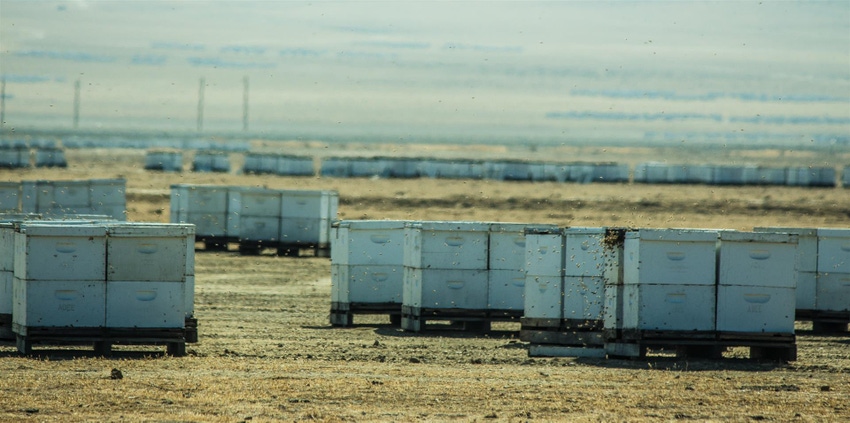
It’s that time of year again. The other day while interviewing a beekeeper in his almond orchard the signs were there; barren almond trees with nary a leaf had buds on them that would soon explode into delicate, white blossoms that by Labor Day will be a tasty, nutritious nut.
It’s California’s annual sign that spring is near. A million acres of almond trees blossom over the period of a few weeks, making it a photographer’s paradise, especially when you get one of those classic warm days that chambers of commerce and visitors bureaus love.
Included in this issue is a story on the more nefarious sides of almond bloom that is as understandable in today’s society as it is bothersome.
Bees are being stolen by the truckload right now. Unbeknownst to me as I was interviewing people for this story, over 200 hives were stolen by criminals in northern California. Credit the advent of social media and the widespread adoption of it by legitimate groups including law enforcement and the California State Beekeepers Association for getting the word out and hopefully recover the hives.
Without a quick recovery of the hives it becomes increasingly likely they’ll never be returned to the owner, even though it sounds like the owner did what he could to protect his bees.
Law enforcement tells me the criminals in these cases are likely those with some inside knowledge of the bee industry. They apparently know enough of how to handle bees to make their escape with thousands of dollars’ worth of bee hives.
Bees aren’t the only lucrative agricultural crime happening now. The nuts they pollinate, along with pistachios and walnuts, are being stolen by an organized crime ring that steals trucking company information from the Internet to create fake, but legitimate-looking shipping documents. These fake documents are then presented to nut processing companies who, not knowing the documents are fake, load upwards of 44,000 pounds of packaged, processed tree nuts into large trailers to be hauled off and sold by a crime syndicate.
These are just two of many examples of crime against agriculture and why the industry must partner with local law enforcement to protect their assets and make life more difficult for criminals.
About the Author(s)
You May Also Like






